Pets are often more perceptive than we give them credit for. Their instincts can alert us to potential dangers, including identifying people who may not have the best intentions. Understanding how your pet communicates their discomfort or distrust can be crucial for our safety. Here are 14 distinct ways pets might try to warn you about someone who could pose a threat.
1. Unusual Barking
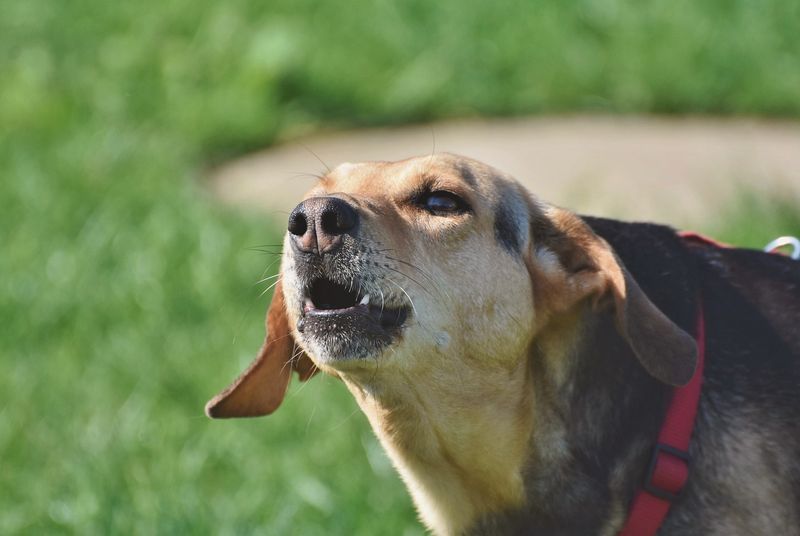
One of the most noticeable signs is a dog’s sudden barking at a person. This behavior can be alarming, especially if your pet is typically quiet. Dogs have a keen sense of character and may react to subtle cues.
If you notice your usually calm dog barking loudly at someone, it might be worth paying attention. Often, they sense something that isn’t immediately obvious to us.
Their barking is a way of communicating unease, signaling that the person may not be as trustworthy as they appear. Listening to this behavior can be crucial.
2. Avoidance Behavior

Cats are known for their enigmatic behavior, but when they deliberately avoid someone, it can be telling. This avoidance is more profound than mere shyness; it’s a deep-seated instinct.
If your cat loves attention but suddenly steers clear of a particular individual, take note. Cats can perceive things we cannot, including negative energies or unfamiliar scents.
This behavior isn’t just coincidence. It often indicates that the person in question might not have the best intentions. Trust your cat’s instincts—they’re often right.
3. Aggression Unleashed

Parrots are social creatures, often mimicking and interacting with people. However, when a parrot becomes aggressive, it’s not to be ignored.
Aggressive squawking or biting can be a response to someone they perceive as threatening. These birds are highly sensitive to subtleties in human behavior.
Their sudden hostility towards a person might be surprising, but it’s a reaction based on instinctual warning signals. Understanding and respecting their aggressive display can provide insight into the nature of the person involved.
4. Tucked Tail
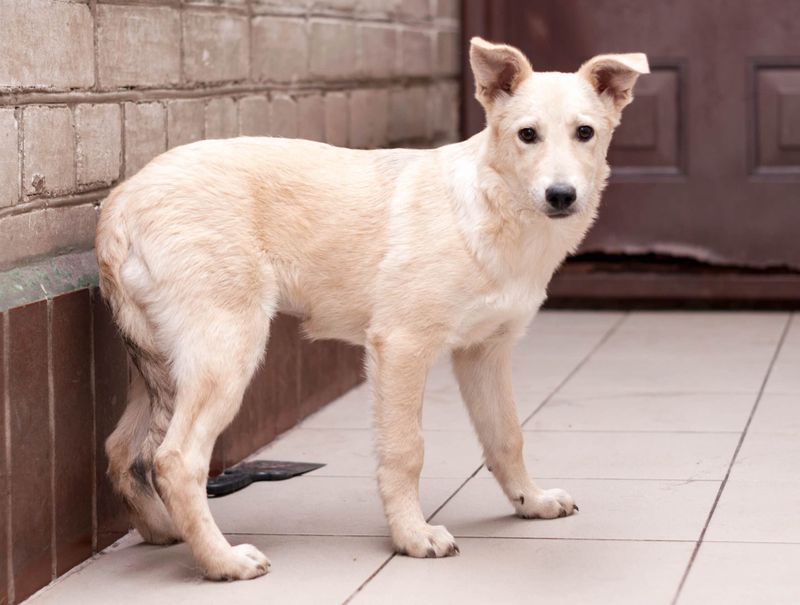
A dog’s body language speaks volumes, especially when their tail is tucked between their legs. This posture often signifies fear or anxiety.
If your dog adopts this stance near someone, it could indicate they feel threatened. Dogs sense danger through body language, odors, and other subtle cues.
When this behavior coincides with a specific person’s presence, it’s worth considering the cause. Your dog might be trying to communicate discomfort or warning you about potential danger.
5. Excessive Drooling

Drooling can be a normal canine response to excitement or food, but when it’s out of character, it might be a stress signal. Excessive drooling in response to a specific person can be a warning.
Your pet might be experiencing anxiety or fear, which manifests physically. Dogs have an acute ability to detect changes in their environment and humans around them.
If this behavior is new and linked to a particular individual, it could be your pet’s way of expressing discomfort or sensing something amiss.
6. Refusal to Eat

A sudden change in eating habits can be concerning. If your pet refuses to eat in the presence of a specific person, pay attention.
This behavior is often linked to stress or fear, indicating something unsettling about the individual. Pets can pick up on negative vibes or unsafe situations.
Their refusal to eat can be a subtle yet significant warning sign, signaling that they perceive an underlying threat. Observing this reaction can inform you about your pet’s instincts.
7. Hiding Away
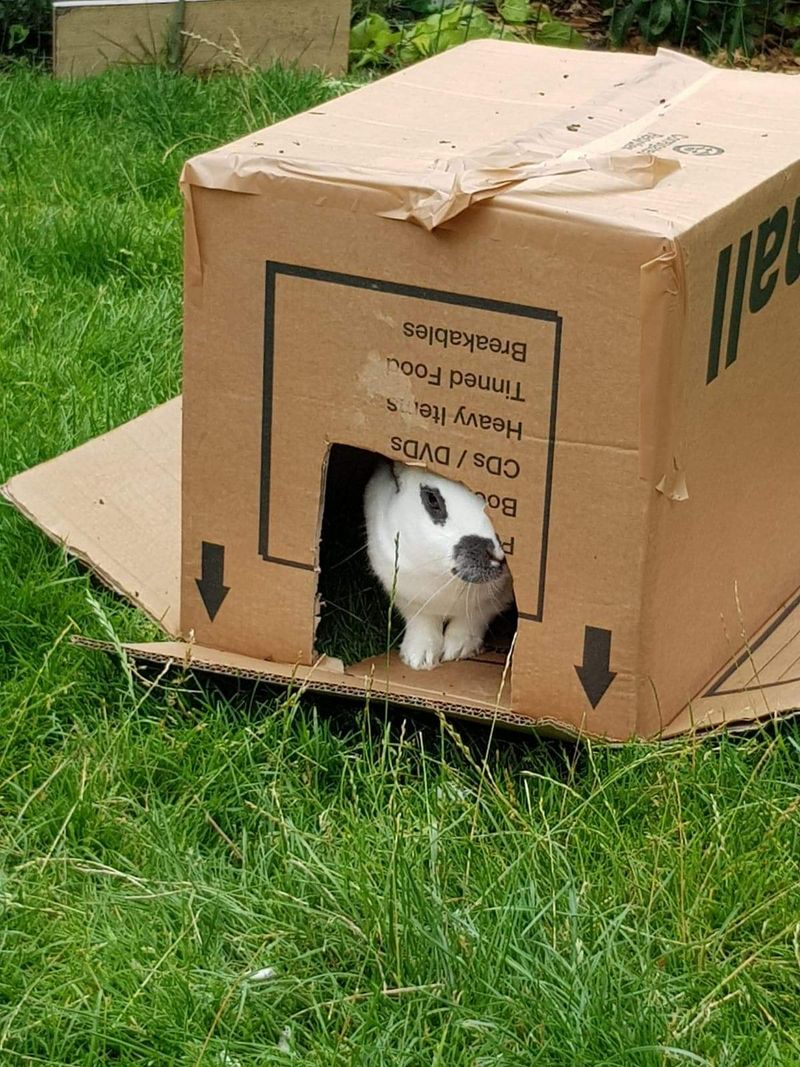
Rabbits are naturally timid, but if yours is hiding more than usual, especially around someone, it might be a red flag.
These small creatures sense vibrations and intentions, often reacting to a person’s presence. More hiding indicates discomfort or fear.
If your rabbit suddenly retreats when encountering a particular person, consider their instincts. Their behavior is not random; it often reveals a perceived threat. Trust their judgment, as they are experts in self-preservation.
8. Raised Hackles

Witnessing a cat with raised hackles, ears back, and hissing can be alarming. This defensive behavior is more than just an angry cat—it’s a warning.
Cats react this way when they sense danger, feeling the need to protect themselves or their territory. The individual provoking such a response might be perceived as a threat.
Their instinctual reaction shouldn’t be ignored. Raised hackles are a clear sign that your feline detects something unsettling about the person.
9. Unusual Whining

Whining can be a form of communication for dogs, often indicating discomfort or anxiety. If your pet whines unusually at someone, heed their signal.
This behavior might manifest when they pick up on unfamiliar scents or nervous energies. Dogs are attuned to their environment and the people within it.
Their whining could be a subtle indication that something isn’t right, guiding you to question the trustworthiness of the individual present.
10. Constant Eye Contact

While dogs often make eye contact, an intense, unwavering gaze at someone can be a signal. This behavior suggests heightened alertness and suspicion.
Dogs use eye contact to communicate, and if they fixate on a person, it might be because they sense something unusual. Their intuition about people often surpasses our own.
Such behavior can be a protective measure, ensuring they monitor the potential threat closely. Take note if your dog exhibits this behavior with someone specific.
11. Nervous Grooming
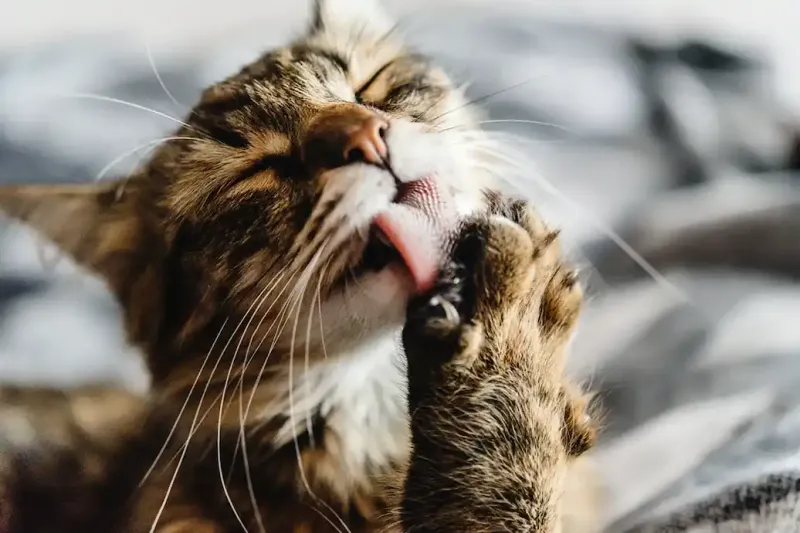
Cats often groom to relax, but when it becomes excessive, especially around an individual, it could indicate anxiety.
This behavior can be linked to stress, offering a way for your pet to self-soothe while assessing their surroundings. Cats’ instincts guide them in perceiving threats.
If this grooming behavior is new and focused on when a particular person is around, consider it a warning. Your cat might be picking up on something you’d overlook.
12. Unsettled Sleep

Pets, like humans, require restful sleep. If your dog is restless or easily startled from sleep when a specific person is around, take notice.
This behavior may indicate discomfort or unease, signaling that they don’t feel safe. Dogs often sleep deeply when they feel secure.
A change in this pattern might reveal that they sense something disturbing about the person. Trust your pet’s instincts and observe their behavior closely.
13. Unwillingness to Cuddle
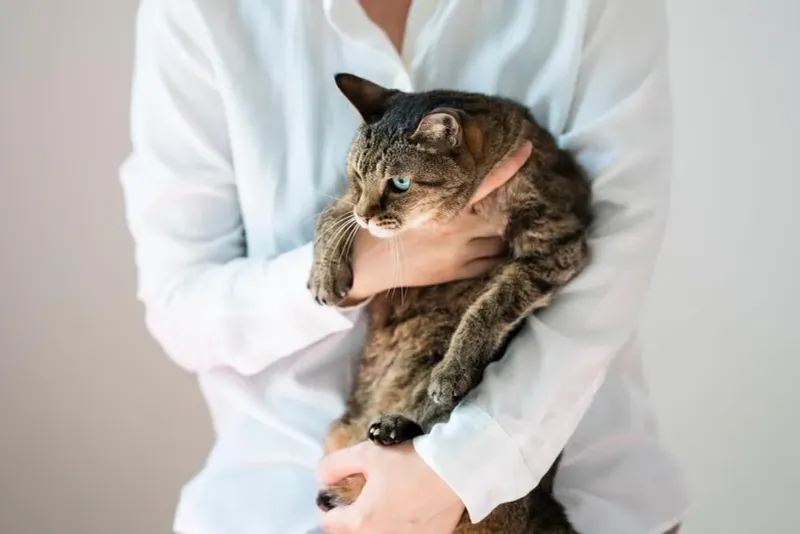
Cats are affectionate on their terms, but if your usual cuddle buddy becomes aloof, it might be a clue.
This change in behavior, especially around a specific person, could indicate mistrust or discomfort. Cats act on instinct, often sensing vibes we can’t.
Their reluctance to be close is a subtle yet telling sign that they perceive something unsettling. Pay attention to whom they withdraw from, as it might reveal hidden intentions.
14. Relentless Barking
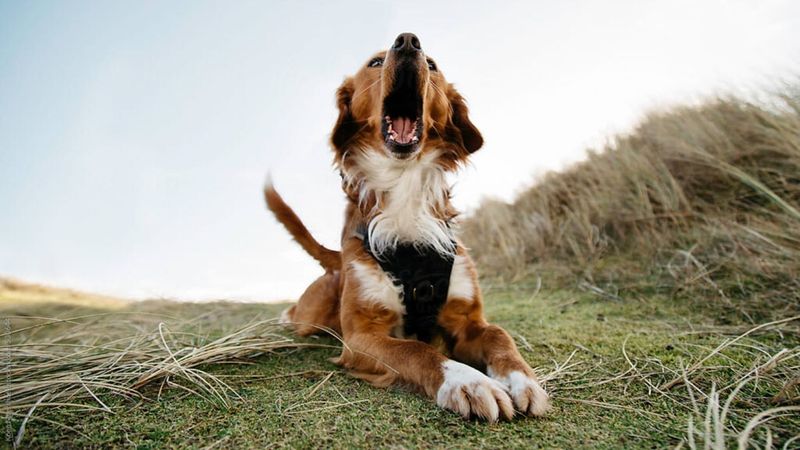
Some dogs bark tirelessly when they sense danger. This relentless vocalization, directed at a person, can be significant.
It often indicates that the dog perceives an immediate threat, using their voice to alert their human family. Despite the noise, it’s their way of protecting and warning you.
When this behavior is directed at someone specific, it’s worth investigating further. Dogs have an uncanny ability to sense malintent, and their persistent barking could be a signal not to ignore.

